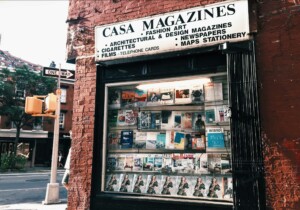With all of AN‘s staff sheltering in place, we’ve found it an opportune time to catch up on some long-neglected or newly relevant reads. As befits our time of crisis, the following picks thematically converge on the existential, oscillating between the bleak and the restorative. There are fillips to cozy domesticity, incitations toward household intrigue, bleak invocations of abandoned cityscapes, historical reckonings of queasy illness, and implicated in all of them are buildings, interiors, objects. In a word, these are the books we’re reading while stuck at home.
Need something more visceral than a book? Don’t miss our complementary shut-in’s guide to must-see movies and TV!
The Design of Everyday Things: Revised and Expanded Edition
By Don Norman
Hachette, 2013
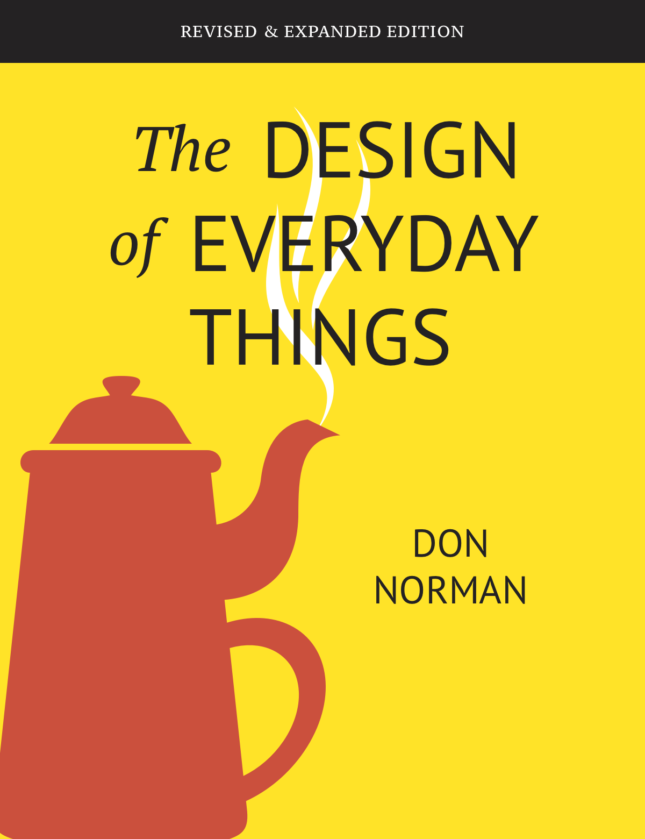
What better time to critically re-examine your collection of household objects than when you’re stuck indoors? In The Design of Everyday Things, the objects you take for granted every day are torn down and put back together again with explanations of how and why the designers made the choices they did. There’s a reason this book is required reading in most UI/UX and product design courses. –Jonathan Hilburg, web editor
Fewer, Better Things
By Glenn Adamson
Bloomsbury, 2018
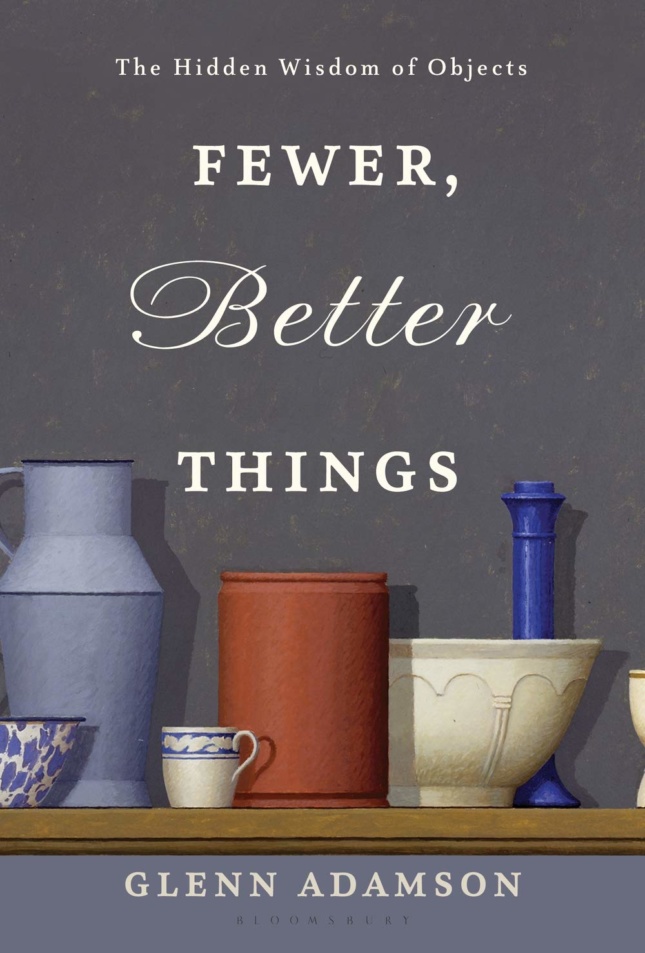
In this somewhat autobiographical book, leading design and craft theorist Glenn Adamson makes the case for paring down our domestic interiors. After all, why would we surround ourselves with things lacking in sentimental or functional value? Through careful recollections of his own experiences, Adamson defends the importance of well-designed, well-made objects, as antidotes to the proliferation of information and services associated with the digital age. –Adrian Madlener, interiors editor
The Little House: An Architectural Seduction
by Jean-Francois de Bastide (translation by Rodolphe El-Khoury)
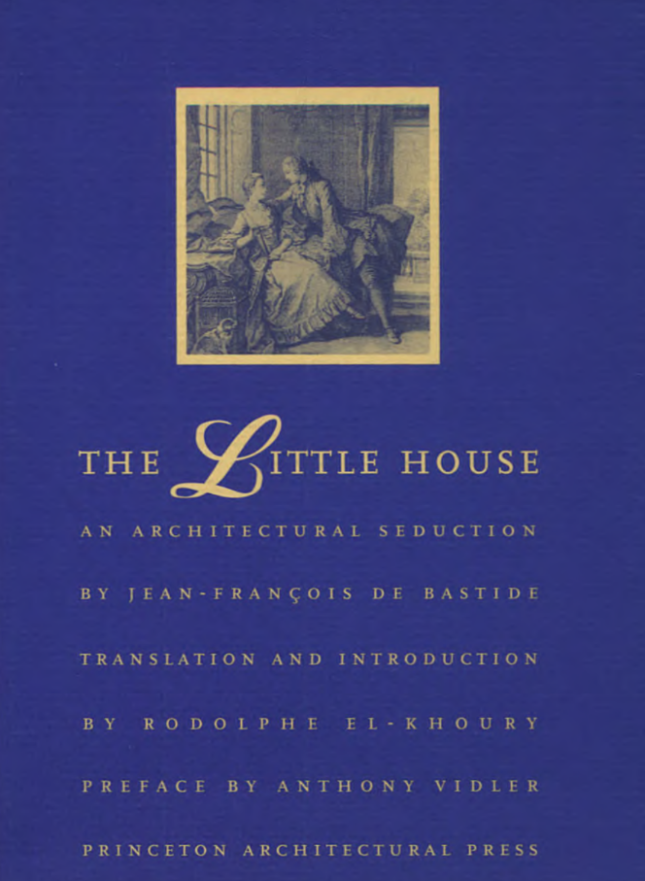
This out-of-print gem takes the reader on a tantalizing journey through an 18th-century manse, complete with a picturesque garden. From the erotic depths of Jean-Francois de Bastide’s imagination, unfolds the fictitious tale of a woman seduced by the all-encapsulating beauty of the estate. Illustrated with drawings of furnishings and objects, as well as in-detail maps, each scene presents itself in a visually intoxicating aesthetic account. Used copies published by Princeton Architectural Press can still be found via Amazon or Abe Books for your viewing pleasure. –Gabrielle Golenda, products editor
The House Next Door
By Anne Rivers Siddons
Simon & Schuster, 1978
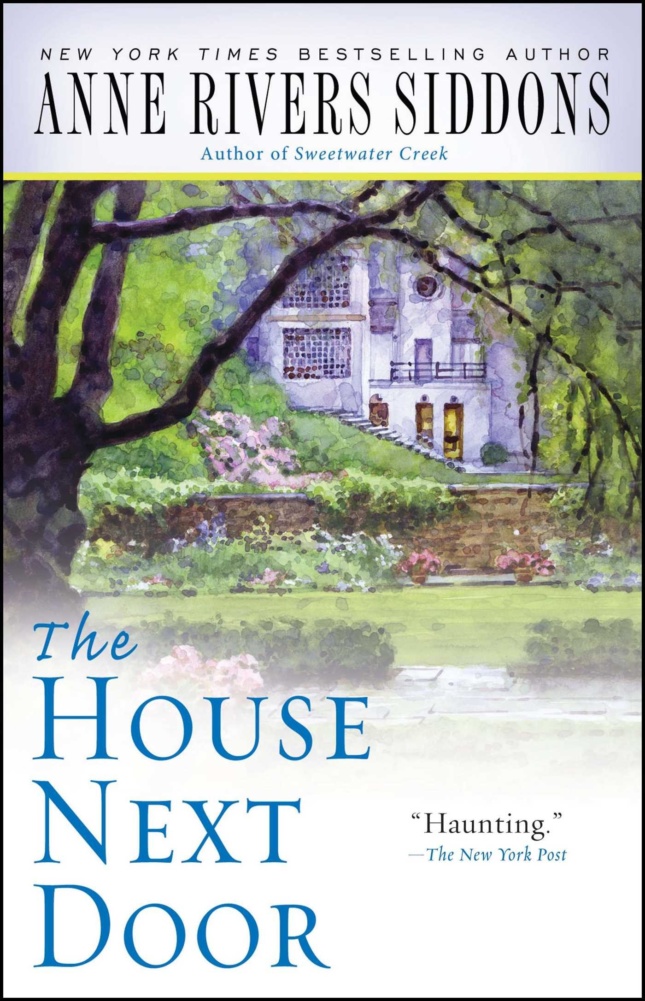
This late 1970s work of character-driven literary horror by Anne Rivers Siddons, a Southern writer best known for beach read-y bestsellers in other genres, garnered renewed attention after her death late last year. Taking place in the affluent Atlanta suburbs (Buckhead is that you?), the Stephen King-beloved book, while not a haunted-house yarn per se, is the most unsettling work of fiction concerning modern residential architecture ever written. Just imagine a Deep South version of John Cheever’s The Swimmer thrown into a blender with Shirley Jackson’s The Haunting of Hill House, Charlotte Perkins Gilman’s The Yellow Wallpaper, and a vintage copy of Architectural Digest and you’re somewhat close. –Matt Hickman, associate editor
Sun Seekers: The Cure of California
By Lyra Kilston
Atelier Éditions, 2019
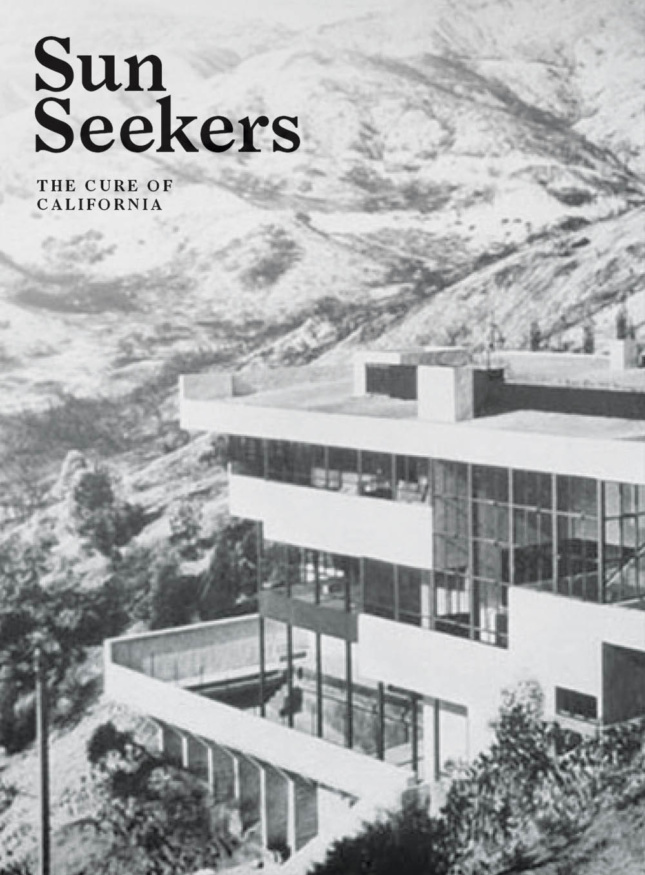
The second volume in Atelier Éditions’ The Illustrated America series is fascinating, fun, and quite topical. Tracing the history of the often quixotic and quack-y tuberculosis-spurred health trends imported from Europe to Southern California during the late 19th and early 20th centuries, Sun Seekers pays particular mind to the role that modernist architecture played in the rise of clean living. This beautifully produced book truly has it all: heliotherapy, raw foods, German proto-hippies, naturopathic zealotry, experimental sanatorium design, a brief history of granola, and a discussion of Richard Neutra’s musings for Nude Living magazine. –Matt Hickman, associate editor
X-Ray Architecture
Beatriz Colomina
Lars Müller, 2019

In her latest book, historian Beatriz Colomina argues that the cleanly aesthetics associated with modern architecture are, in part, a response to the turn-of-the-century tuberculosis pandemic. In the work of architects such as Le Corbusier, Alvar Aalto, Richard Neutra, and Friedrich Kiesler, Colomina discovers a medicinal throughline that skillfully challenges preceding histories of modernism. –Shane Reiner-Roth, associate editor
Digital Fabrications
Galo Canizares
Applied Design & Research, 2019
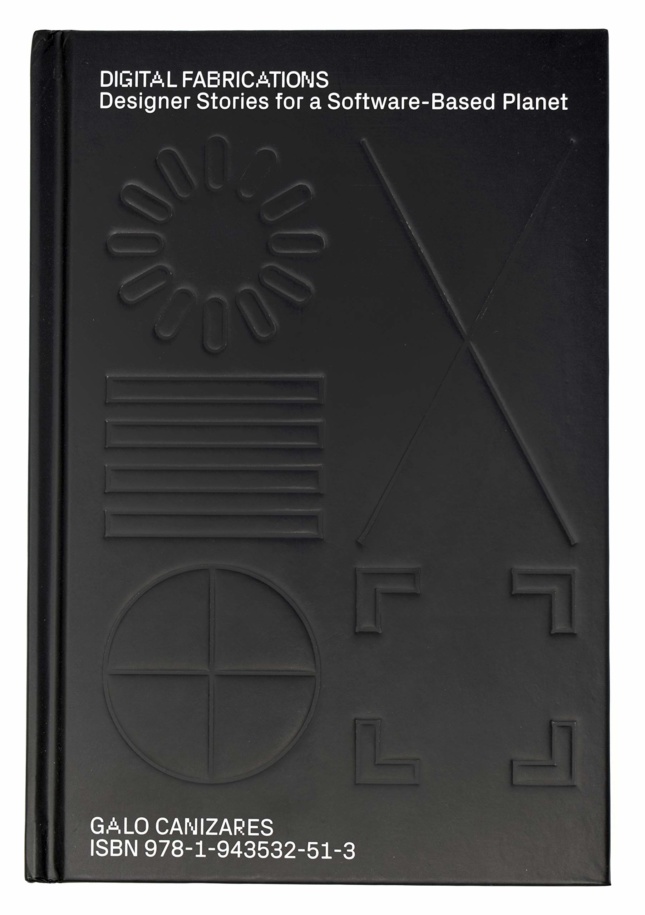
Mixing fiction with applied research, Galo Canizares follows emerging trends in digital design to question our relationship with software, that elusive and often misused term. One of the major pleas found throughout the book is for architecture students to not only learn every software program required to bring their concepts to fruition, but also to consider the impact those programs are quietly having on cultural conventions and the language used for describing architecture itself. –Shane Reiner-Roth, associate editor
Map: Exploring the World
By John Hessler
Phaidon, 2020 (midi format)

Take a look at the NYC metro map and you’ll easily get a sense of how you can move from one place to another. Most, if not all, contemporary transit maps are inspired by Harry Beck’s 1933 London Underground map (which famously sacrifices geographic location and scale in favor of representing relative locations of stations and lines). For this reason among others, maps help us to see connections we might not otherwise. From the birth of cartography to today’s high-tech digital maps, this new edition surveys a breadth of visual tools made in both analog and digital formats. –Gabrielle Golenda, products editor
Extrastatecraft: The Power of Infrastructure Space
By Keller Easterling
Verso, 2015
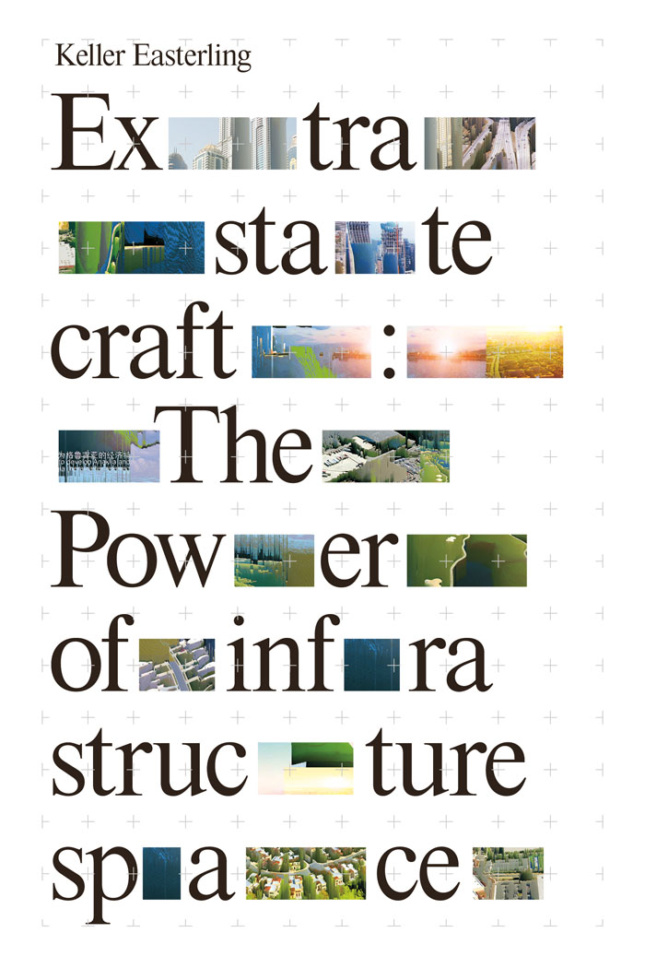
Fun fact: Did you know there’s an extra-governmental body that regulates everything from the thickness of credit cards to the height of doorknobs? How much do you know about free trade zones, business-friendly districts found all over the world technically not under the purview of the countries that host them? Keller Easterling’s dig into the non-governmental bodies that influence how much of the world works—often free of oversight—reads a bit dryly but paints a dystopian picture of the systems already guiding our day-to-day lives. –Jonathan Hilburg, web editor
Applied Ballardianism: A Memoir from a Parallel Universe
By Simon Sellars
Urbanomic, 2018
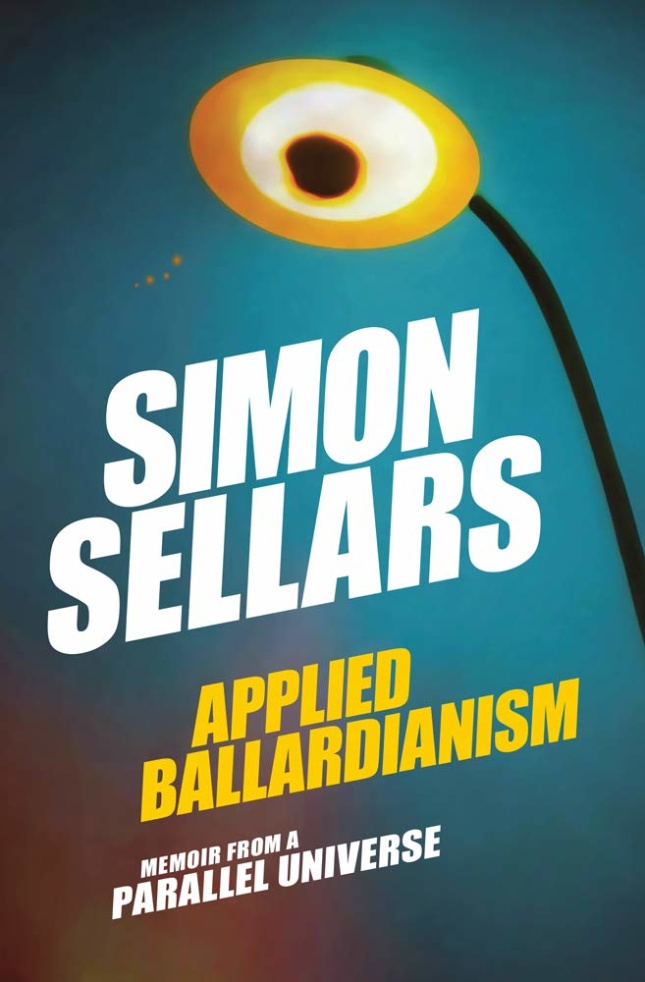
The mood of the day is undoubtedly dystopian, and no remedy of spirits appears forthcoming. In need of a guide for navigating the new bleak normal? Look no further than J.G. Ballard, docent of alienated modernity. And there is perhaps no better guide to Ballard than Simon Sellars. In his involute book—part-memoir, part-literary hall-of-mirrors—Sellars recounts his personal affinity to the famed British novelist, a bond that spans Sellars’s promising graduate school career and the crisis of identity that brought it to an abrupt end. Along the way, he rescues Ballard from the lazy empirical shorthand Ballardian, a fate not afforded to that other master of the uncanny, Kafka. –Samuel Medina, executive editor
Every book on this list was selected independently by AN’s team of editors. If you buy something via the embedded links, AN will earn a commission.










